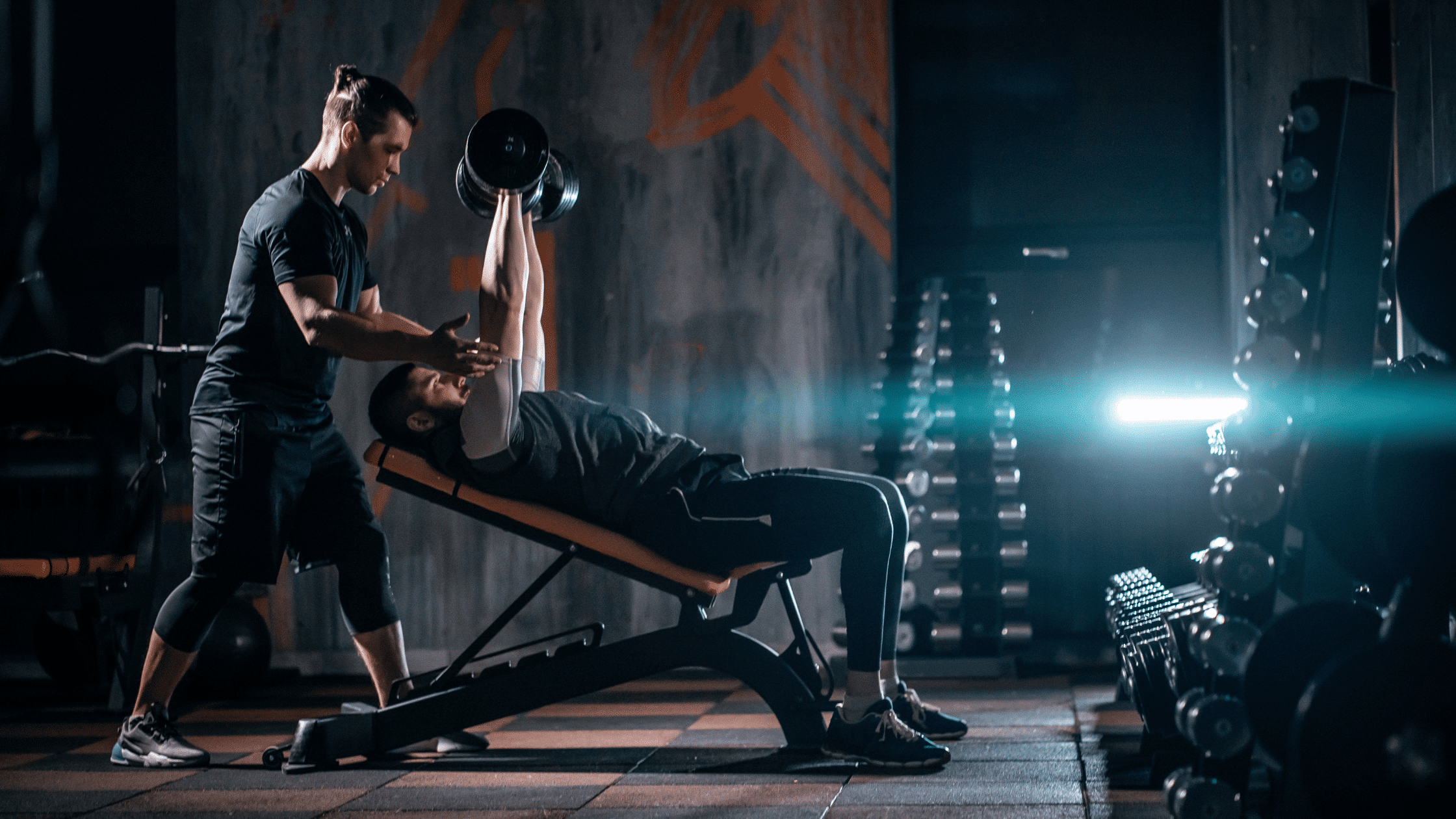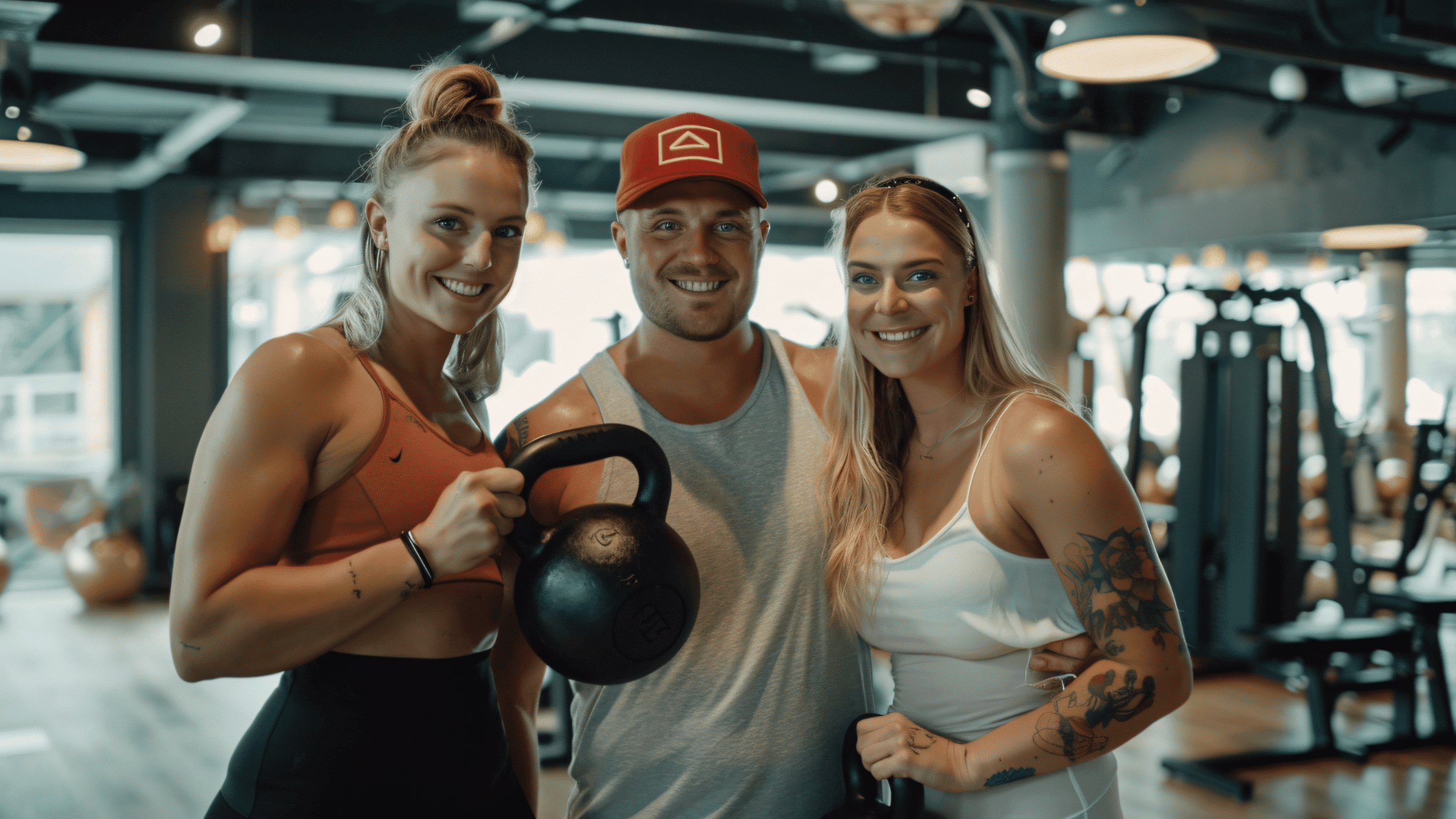Ever felt overwhelmed by the endless fitness advice available online? You’re not alone. Building a balanced fitness routine can seem daunting, but it’s crucial for overall health and well-being. Whether you’re a beginner, an intermediate enthusiast, or an advanced athlete, a well-rounded routine can help you achieve your fitness goals. This guide breaks down everything you need to know to create a balanced fitness routine tailored to your skill level.
Understanding the Components of a Balanced Fitness Routine
Cardiovascular Exercise
Cardiovascular exercise, often referred to as cardio, is essential for maintaining heart health. Regular cardio workouts improve blood circulation, increase lung capacity, and boost your overall stamina. Examples of effective cardio exercises include running, cycling, and swimming. Integrating these into your fitness routine can enhance your endurance and keep your heart in top shape.
Cardio is not just about burning calories; it also plays a significant role in reducing the risk of chronic diseases such as hypertension, diabetes, and heart disease. Engaging in at least 150 minutes of moderate-intensity cardio each week can make a substantial difference.
If running isn’t your thing, consider low-impact cardio exercises like brisk walking or dancing. The key is to find a cardio activity you enjoy so that you can stick with it consistently.
Strength Training
Strength training is vital for building muscle mass and improving overall strength. It involves exercises that make your muscles work against a weight or resistance. Examples include weightlifting, bodyweight exercises like push-ups and squats, and resistance band workouts.
The benefits of strength training extend beyond just muscle building. It boosts metabolism, enhances bone density, and improves joint flexibility. Incorporating two to three strength training sessions per week can help you achieve a well-rounded fitness routine.
Don’t worry if you’re new to strength training. Start with lighter weights and focus on mastering the correct form. Gradually increase the weight as you become more comfortable with the exercises.
Flexibility and Mobility
Flexibility and mobility exercises are often overlooked but are crucial for maintaining joint health and preventing injuries. Activities like stretching, yoga, and dynamic warm-ups help improve your range of motion and keep your muscles supple.
Regular flexibility exercises can alleviate muscle tension, reduce the risk of injury, and enhance overall athletic performance. Aim to incorporate at least two to three flexibility sessions into your weekly fitness routine.
Dynamic warm-ups are particularly beneficial before other forms of exercise. They prepare muscles and joints for more intense activity, reducing the risk of strains and sprains.
Balance and Stability
Balance and stability exercises are essential for overall fitness, especially as we age. These exercises improve coordination, enhance athletic performance, and prevent falls. Examples include single-leg stands, balance boards, and stability ball exercises.
Incorporating balance exercises into your routine can enhance your proprioception, which is your body’s ability to sense its position in space. This is particularly important for athletes and those engaged in high-intensity workouts.
To get started, try simple exercises like standing on one leg for 30 seconds or using a balance board during your workouts. Gradually increase the difficulty level as your balance improves.
Rest and Recovery
No fitness routine is complete without adequate rest and recovery. Rest days are essential for muscle repair, growth, and overall recovery. Overtraining can lead to burnout, injuries, and decreased performance.
Quality sleep is equally important. Aim for 7-9 hours of sleep per night to allow your body to recover fully. Active recovery, such as light stretching or a leisurely walk, can also aid in muscle recovery without putting too much strain on your body.
Incorporate at least one or two rest days into your weekly routine. Listen to your body and give it the rest it needs to stay healthy and perform at its best.
Tailoring Your Routine to Your Skill Level
Beginners
If you’re new to fitness, starting a balanced routine can feel overwhelming. Begin with low-impact exercises and focus on building a strong foundation. Aim for two to three cardio sessions and two strength training sessions per week.
Proper form is crucial to avoid injuries. Take the time to learn the correct techniques for each exercise. Consider working with a personal trainer or following reputable online tutorials.
Start with lighter weights and gradually increase the intensity as you build strength and confidence. Remember, consistency is key. Set realistic goals and track your progress to stay motivated.
Intermediate
Once you’ve built a solid foundation, it’s time to progress to more complex exercises and increased intensity. Introduce interval training into your cardio sessions and incorporate compound movements like deadlifts and bench presses into your strength training routine.
Monitoring your progress is essential at this stage. Keep a workout journal or use fitness apps to track your achievements. Adjust your goals as needed to keep challenging yourself.
Don’t forget to listen to your body. If you experience any discomfort or pain, take a step back and assess your form and intensity. It’s better to progress gradually than to risk injury.
Advanced
Advanced athletes often face the challenge of pushing past plateaus. Incorporating advanced techniques like supersets, drop sets, and plyometrics can help you break through these barriers.
Balancing intensity with recovery is critical at this level. Overtraining can lead to burnout and injuries, so make sure to give your body the rest it needs. Consider incorporating active recovery techniques like foam rolling and massage.
Set new challenges and goals to keep yourself motivated. Whether it’s training for a marathon or mastering a new lifting technique, having something to strive for will keep your workouts exciting and rewarding.
Creating a Weekly Fitness Plan
Sample Schedule for Beginners
For beginners, a balanced weekly routine might look like this:
- Monday: 30 minutes of brisk walking (cardio)
- Tuesday: Strength training focusing on upper body
- Wednesday: Rest or light yoga (flexibility)
- Thursday: 30 minutes of cycling (cardio)
- Friday: Strength training focusing on lower body
- Saturday: Rest or leisure activities like hiking
- Sunday: Stretching or light yoga (flexibility)
This schedule ensures a good mix of cardio, strength, and flexibility exercises with adequate rest days.
Sample Schedule for Intermediate
For those at an intermediate level, a more advanced routine might include:
- Monday: Interval running (cardio) and upper body strength training
- Tuesday: Yoga (flexibility) and core exercises
- Wednesday: Cycling (cardio) and lower body strength training
- Thursday: Dynamic warm-ups and HIIT (cardio)
- Friday: Full-body strength training
- Saturday: Rest or active recovery, like a leisurely walk
- Sunday: Stretching or yoga (flexibility)
This plan introduces more variety and higher intensity to challenge your progress.
Sample Schedule for Advanced
Advanced athletes can benefit from a highly structured routine:
- Monday: Long-distance running (cardio) and upper-body strength training
- Tuesday: Advanced yoga (flexibility) and plyometric exercises
- Wednesday: Interval cycling (cardio) and lower body strength training
- Thursday: HIIT (cardio) and core exercises
- Friday: Advanced strength training with supersets
- Saturday: Active recovery like swimming or a light jog
- Sunday: Deep stretching or advanced yoga (flexibility)
This advanced schedule focuses on maintaining balance while pushing your limits.
Adapting Your Routine Over Time
Listening to Your Body
Your body is your best guide. Pay attention to signs of overtraining, such as persistent fatigue, decreased performance, and irritability. If you experience these symptoms, it may be time to scale back and allow for more recovery.
Rest days are crucial, even for advanced athletes. Incorporate them into your routine to prevent burnout and injuries. Remember, progress is made during recovery periods.
Modify your exercises as needed. If a particular workout causes discomfort, explore alternative exercises that achieve similar results without causing pain.
Adjusting Goals and Routines
Your fitness goals may change as you progress. Whether you’re aiming to lose weight, build muscle, or improve endurance, it’s essential to adjust your routine accordingly.
Setting new challenges keeps your workouts exciting and prevents stagnation. Consider signing up for a race, participating in a fitness competition, or trying a new sport.
Don’t be afraid to seek guidance. Consulting with a fitness expert or personal trainer can provide valuable insights and help you fine-tune your routine for maximum results.
Incorporating Periodization
Periodization is a training technique that involves cycling through different phases to optimize performance and prevent plateaus. This approach allows you to focus on various aspects of fitness, such as strength, endurance, and recovery.
Each phase typically lasts 4-6 weeks and gradually increases in intensity. For example, you might start with a strength-building phase, followed by an endurance phase, and then a recovery phase.
Periodization helps prevent burnout and ensures continuous progress. It’s a valuable strategy for athletes at all levels.
Common Pitfalls of Building a Balanced Fitness Routine and How to Avoid Them
Overtraining
Overtraining occurs when you push your body beyond its limits without allowing adequate time for recovery. Signs include persistent fatigue, decreased performance, and mood swings.
To avoid overtraining, incorporate rest days into your routine and listen to your body. If you feel exhausted, take a break. Quality sleep and proper nutrition also play a crucial role in recovery.
Balance intensity with recovery. High-intensity workouts should be followed by low-intensity or rest days to allow your body to heal and grow stronger.
Neglecting Recovery
Recovery is an essential component of any fitness routine. It allows your muscles to repair and grow, reducing the risk of injury and improving performance.
Ensure you’re getting enough sleep each night, ideally 7-9 hours. Sleep is when your body does most of its repair work, so don’t skimp on it.
Incorporate active recovery techniques such as stretching, foam rolling, and light activities into your routine. These practices can enhance blood flow and speed up the recovery process.
Lack of Variety
Doing the same routine repeatedly can lead to boredom and stagnation. It can also increase the risk of overuse injuries, as the same muscles and joints are repeatedly stressed.
Introduce variety to keep your workouts fresh and engaging. Try new exercises, change your workout environment, or participate in group fitness classes.
Switching up your routine challenges different muscle groups and keeps your body guessing. It’s also an excellent way to stay motivated and excited about your fitness journey.
Creating a Balanced Fitness Routine that Works for You
Creating a balanced fitness routine is essential for achieving your health and wellness goals, regardless of your skill level. By incorporating a mix of cardio, strength training, flexibility exercises, and proper recovery, you can build a well-rounded routine that keeps you fit and healthy.
Remember to tailor your routine to your individual needs and progress over time. Listen to your body, set new challenges, and seek guidance when needed. Consistency and dedication are key to long-term success in fitness.
Start building your balanced fitness routine today and experience the benefits of improved health, increased energy, and enhanced overall well-being. Happy training!



